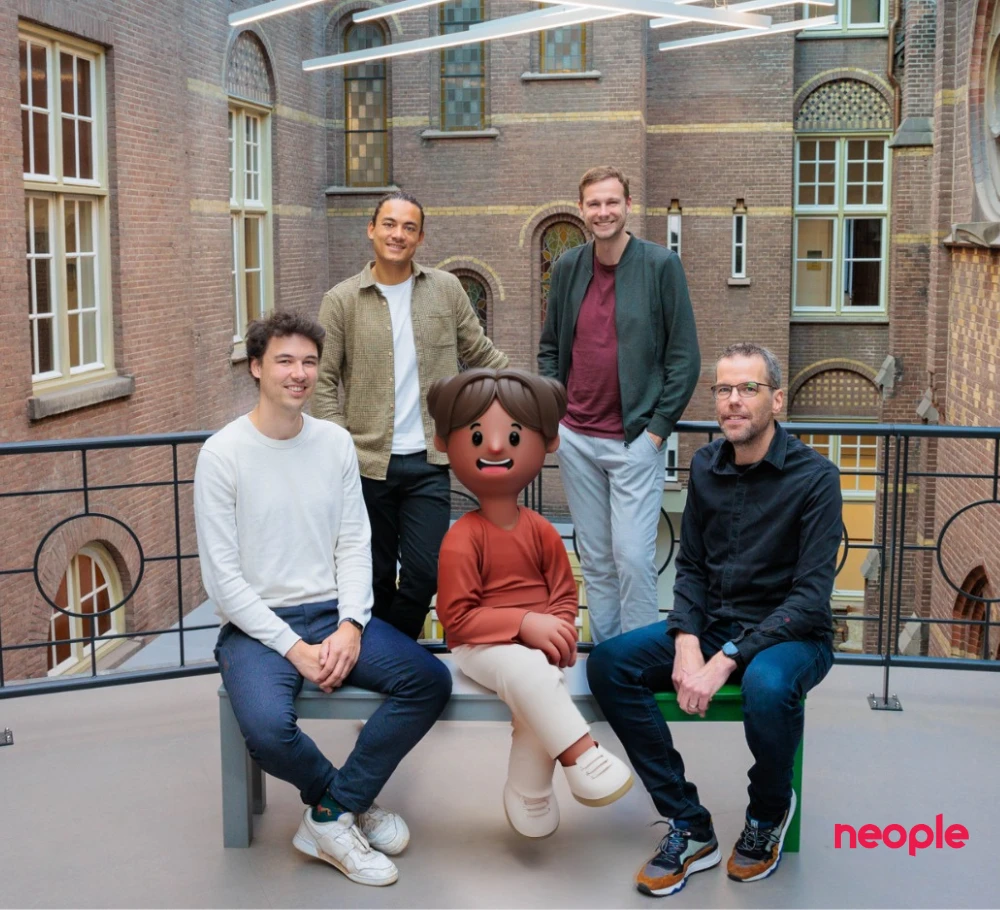In recent years, Large Language Models (LLMs) have gained significant attention in the field of artificial intelligence (AI). These models, such as OpenAI's GPT models, have showcased remarkable abilities in understanding and generating human-like text. At Neople, we also use Large Language models as one of the core technologies. You can see it as a big part of how the brain of a Neople is constructed.
In this blogpost, we will try to explain what LLMs are and how they work in plain language. Don't worry if you have no idea of what it is just yet - just keep on reading.
So.. What are LLMs?
Imagine a large language model as an intelligent computer program that can understand and talk with people using words, just like you and me. They can help us with all sorts of things like answering questions, writing stories, and even having conversations. They learn by reading lots and lots of text from books, articles, and websites. By doing this, they learn how words and sentences fit together and can come up with their own sentences too.
It starts with the training process
Large language models are trained on vast amounts of text data from the internet, books, articles, and other sources. All the information that is on Wikipedia is even less than 0.5% of what these models have read. You can imagine it's quite a lot!
During this training, the model learns patterns, relationships, and semantic structures present in the text. It learns to predict the likelihood of a word or phrase appearing based on its context. This training is achieved through a process called unsupervised learning, where the model learns from the data without explicit human labeling or supervision.
Once trained, the large language model can be used for various tasks such as text completion, question answering, language translation, and even creative writing. It can generate coherent and contextually appropriate responses based on the input it receives.
There are plenty of useful applications of Large Language Models!
Large language models have found applications across numerous domains. Here are a few key applications where you can expect to find large language models.
- Natural Language Understanding and Generation: Large language models excel in understanding and generating human-like text. They can comprehend complex queries and provide detailed responses. One of the most famous examples where this technology happens is of course ChatGPT. This has opened up the power of Large Language Models to the world. But as you can imagine, the capability has significant implications for customer support or language translation as well.
- Content Creation and Curation: These models can aid in content creation by generating articles, blog posts, and even poetry. They can assist writers in generating ideas, improving sentence structure, and enhancing creativity. Additionally, large language models can curate content by summarizing articles, generating headlines, and identifying key information.
- Information Retrieval and Fact-Checking: With their vast knowledge and language understanding, large language models can sift through enormous amounts of information and retrieve relevant facts. They can assist in fact-checking, verifying claims, and identifying credible sources. It's also the way that we train our Neople to learn thousands of pages of information relevant for our clients.
Large language models represent a significant leap in AI technology, enabling machines to process and generate human-like text. These models have diverse applications in various fields and are revolutionizing the way we interact with language.
Here at Neople, we're super excited to see where this will take us, and are always on the frontline of the developments.





.png)
.png)

.jpg)

.png)
.png)











